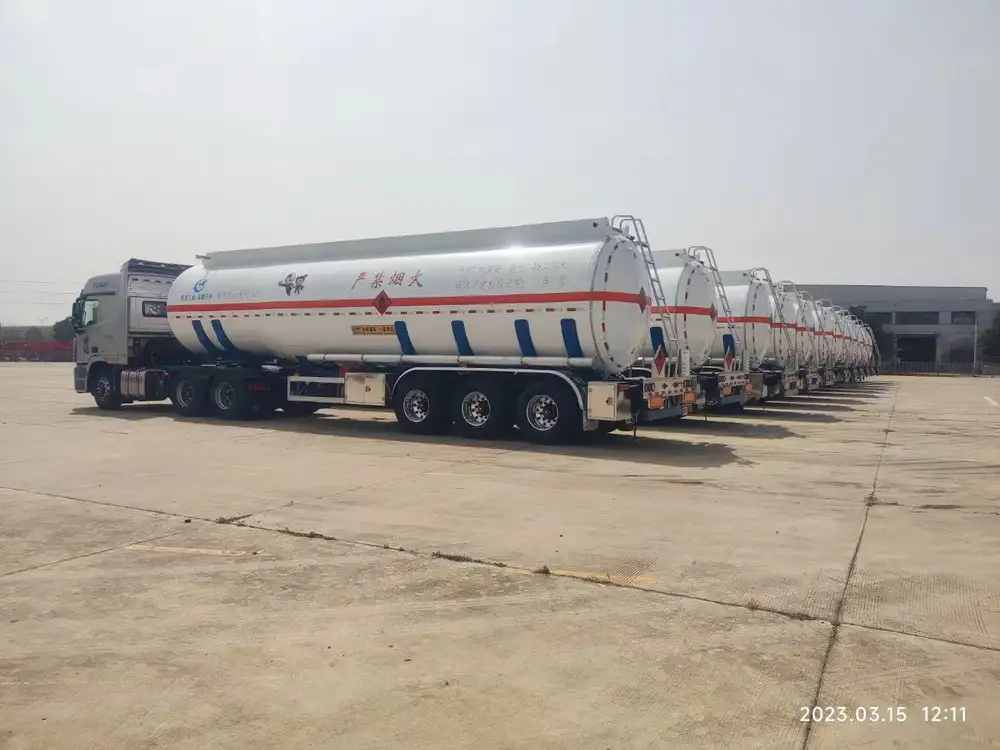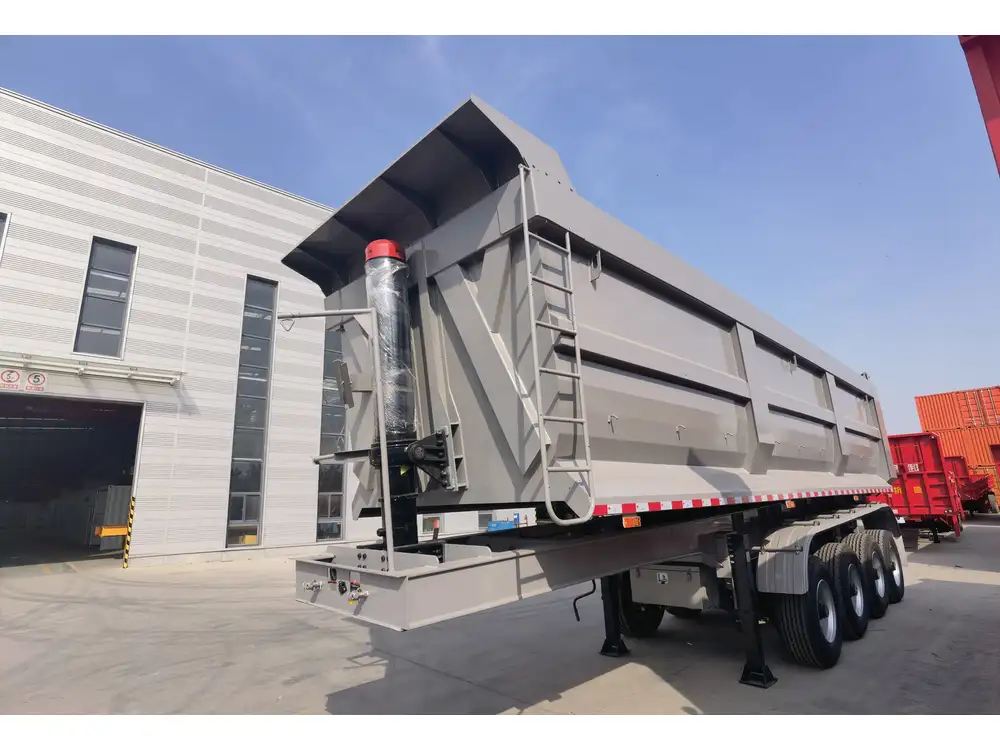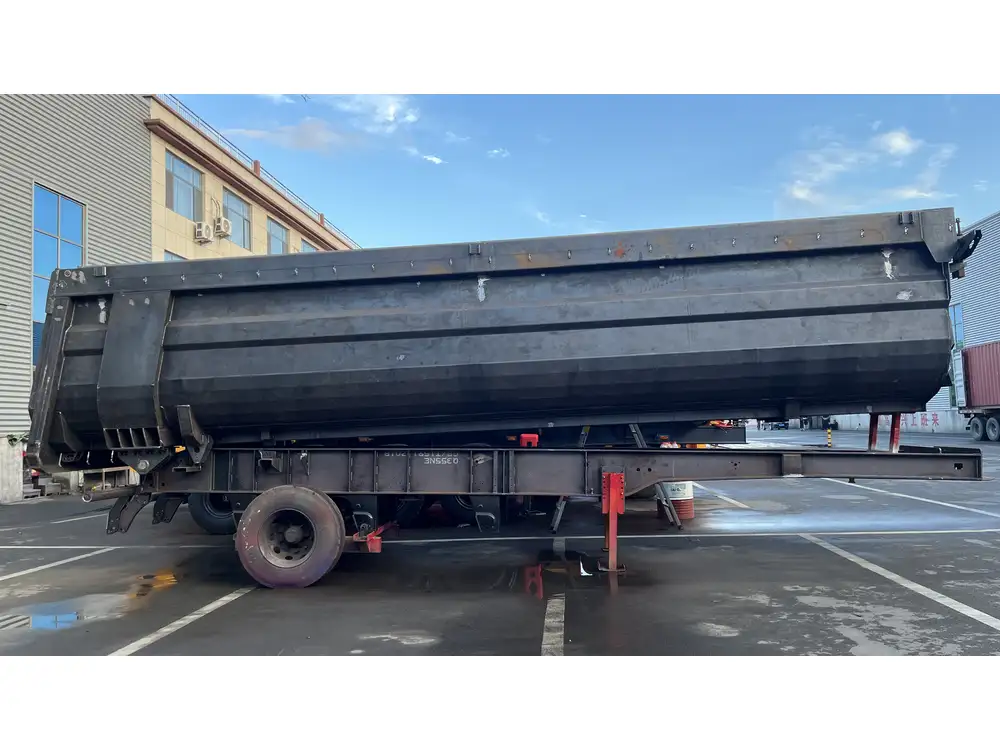In the world of logistics and transportation, terminology plays a crucial role in conveying precise information about vehicles, loads, and operations. Among the many terms used in the trucking industry, the phrase “what do you call a semi without a trailer?” prompts a significant inquiry that not only reflects a vehicle’s configuration but also reveals the underlying principles of freight transport. Let’s delve into this subject comprehensively, breaking it down into manageable segments that cater to various facets of inquiry surrounding semis, their functionalities, and the specifics of their terminology.
The Basic Definition: What is a Semi-Truck?
Before we explore what a semi without a trailer is called, it’s essential to understand what a semi-truck is. A semi-truck, or semi-trailer truck, combines a power unit, usually a tractor, with a detachable cargo trailer. This design allows for efficient transport of goods across significant distances. A semi-truck is characterized by its fifth-wheel coupling mechanism, enabling it to easily detach from the trailer when required.
In simpler terms, we can define the components:
| Component | Description |
|---|---|
| Tractor/Power Unit | The front part of the semi-truck, equipped with an engine, cab, and controls. It’s responsible for towing the trailer. |
| Trailer | The rear part that carries freight and can be easily detached for loading/unloading. |
What Do You Call a Semi Without a Trailer?
When a semi-truck is unhitched from its cargo trailer, it is often referred to as a “tractor” or a “bobtail.” The term “bobtail” is particularly used in the trucking industry to denote the tractor without an attached trailer. The characteristics of a bobtail truck make it quite distinct from its fully-configured counterpart:

Characteristics of a Bobtail Truck
- Reduced Length: Bobtail configurations are shorter than semi-trailer combinations, which can alter the handling dynamics.
- Weight: The absence of a trailer reduces the overall weight, typically improving fuel efficiency but complicating load carrying.
- Maneuverability: Bobtails are often easier to maneuver in urban settings due to their compact size.
- Load Limitations: Since bobtails do not carry cargo in a trailer, they are limited to the weight they can legally transport.
Understanding the terminology and implications of these terms is vital for operators, loaders, and those involved in logistics.
Table: Key Terminology in Trucking
| Term | Definition |
|---|---|
| Semi-Truck | A truck consisting of a tractor and a trailer. |
| Bobtail | The tractor when unhitched from the trailer. |
| Fifth Wheel | A coupling mechanism used to attach semi-trailers. |
| Gooseneck Trailer | A type of trailer that has a neck extending up to the truck bed. |
| Drop Deck Trailer | A trailer with a lower deck for carrying taller loads. |
Common Misconceptions about Bobtails
The term “bobtail” can lead to various misunderstandings among those less familiar with truck terminology. Clarifying these misconceptions can help ensure effective communication within the industry.

1. Bobtail vs. Regular Truck
It’s crucial to differentiate a bobtail (a semi without a trailer) from a standard delivery truck. An ordinary delivery truck is designed to operate without a hitching mechanism or the capability to carry a detachable trailer, while a bobtail retains that functionality and design.
2. Bobtail Means No Cargo
Many assume that when a truck is in a bobtail configuration, it cannot carry any freight. However, bobtails can transport goods using different methods, such as:
- In-truck storage: Utilizing space in the cab or additional compartments for small freight items.
- Utilizing special equipment: Attaching custom cargo gear, although this is less common.
3. Deliveries with Bobtails
While bobtails often come up in discussions about fuel efficiency and maneuverability, they are also applicable for shorter hauls and local deliveries, showcasing versatility not often acknowledged.

The Role of Bobtails in the Logistics Chain
Understanding the operational context of bobtails can further illuminate their importance to the logistics chain. Bobtails are often involved in various stages of freight transport:
Local Deliveries
Bobtails are highly effective in urban areas where navigating narrow streets can prove challenging. Companies frequently rely on bobtails for deliveries that require a quick turnaround and convenient access to tight spaces.
Tractor-Only Operations
Businesses may opt for tractor-only operations in situations where only minimal cargo movement is required, such as returning to the depot after an empty trailer drop-off or service requirements that do not necessitate a full trailer.

Connecting Transport Modes
Bobtails often serve as a link in multimodal transport systems, used to transport goods between different transportation nodes, such as ports, rail docks, and distribution centers.
Regulations Surrounding Bobtail Operations
While bobtails offer numerous logistical advantages, they are still subject to different regulations than traditional semi-trailer combinations. Key regulations include:
Weight Limits: Bobtails are still bound by regulations limiting how much weight can be legally carried. Understanding these limits is crucial for compliance and safety.
License and Insurance Requirements: Drivers operating bobtails need appropriate licenses, similar to those who drive traditional tractor-trailer combinations. Insurance premiums may differ based on the operational use of the vehicle.
Maintenance Standards: Given the unique wear and tear on tires and vehicle components, bobtails require consistent maintenance schedules to ensure safety and operational efficiency.
Advantages of Using Bobtail Trucks
The use of bobtail trucks in transportation and logistics has several advantages worth considering:

1. Increased Maneuverability
Bobtails are shorter and offer better turning radii, allowing drivers to navigate densely populated areas without the complications present when handling longer semi-trailer configurations.
2. Fuel Efficiency
With less weight to pull, bobtails may demonstrate improved miles per gallon performance, leading to reduced expenses for companies while maintaining effective operations.
3. Flexible Loading Options
Given their design, bobtails can more easily adapt to different loading and unloading scenarios compared to traditional trailers.

Disadvantages of Bobtail Trucks
However, while there are notable benefits, using bobtail trucks also comes with certain disadvantages:
1. Limited Cargo Capacity
Bobtails cannot carry large, bulky loads since they lack the trailer that is needed to accommodate significant freight volumes.
2. Increased Wearing of Components
Driving a truck without a trailer can lead to different wear patterns on tires and brakes, potentially necessitating more frequent maintenance checks.

3. Reduced Stability
Bobtails may experience less stability compared to fully-loaded trailers, especially in adverse weather conditions. Drivers should exercise caution when operating under such circumstances.
Conclusion: The Significance of Understanding Truck Terminology
Understanding the terminology surrounding semi-trucks, particularly the concept of a “bobtail,” is vital for anyone involved in the freight transport industry. This knowledge helps ensure that drivers, logistics managers, and freight handlers communicate effectively and operate within legal frameworks, optimizing their processes, reducing errors, and maximizing service efficiency.
In summary, while the term “bobtail” may appear simple at first glance, its implications ripple through various facets of trucking. From operational intricacies to regulatory frameworks, a comprehensive understanding of a semi without a trailer elevates our collective discourse on transportation logistics. This foundational knowledge is essential in the high-stakes world of freight, enabling stakeholders to make informed decisions that steer business toward success.
This structured exploration not only clarifies what we call a semi without a trailer but also highlights its operational context within the logistics framework. The ability to navigate this terminology and its implications is essential for professionals in the industry, ensuring they remain adept at improving efficiency, compliance, and overall service quality.



